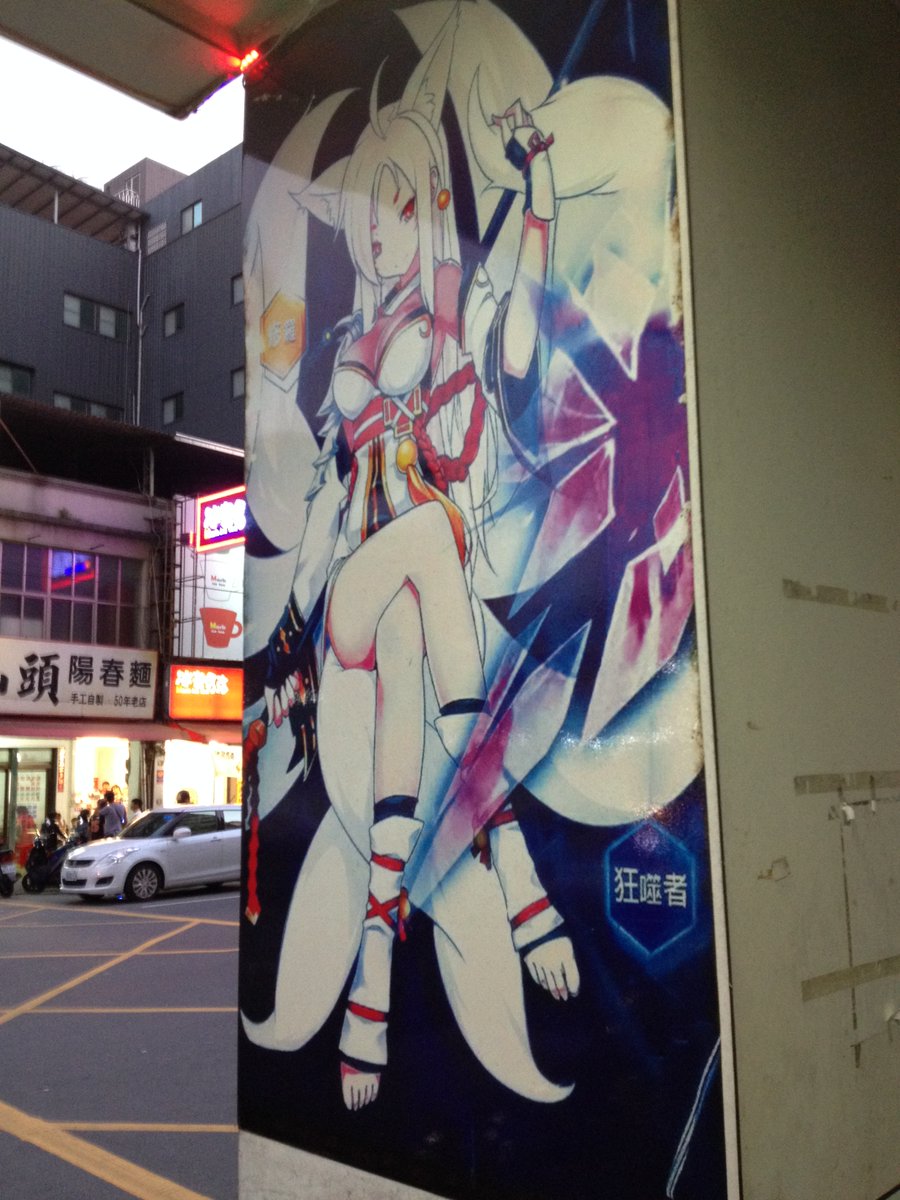
Dan Kanemitsu-Translator, designer, writer, etc. 英和和英翻訳&通訳・文化考証・演技指導、創作
Art: https://t.co/sLtLfoJHSS Alt: @dankanemitsu@pawoo.net
How to get URL link on X (Twitter) App





 The controversy regarding different representations in anime/manga are not just about being some people being prudes or people being obnoxious. I would argue that there is a fundamental difference in how people understand of the role of entertainment media including anime/manga.
The controversy regarding different representations in anime/manga are not just about being some people being prudes or people being obnoxious. I would argue that there is a fundamental difference in how people understand of the role of entertainment media including anime/manga.